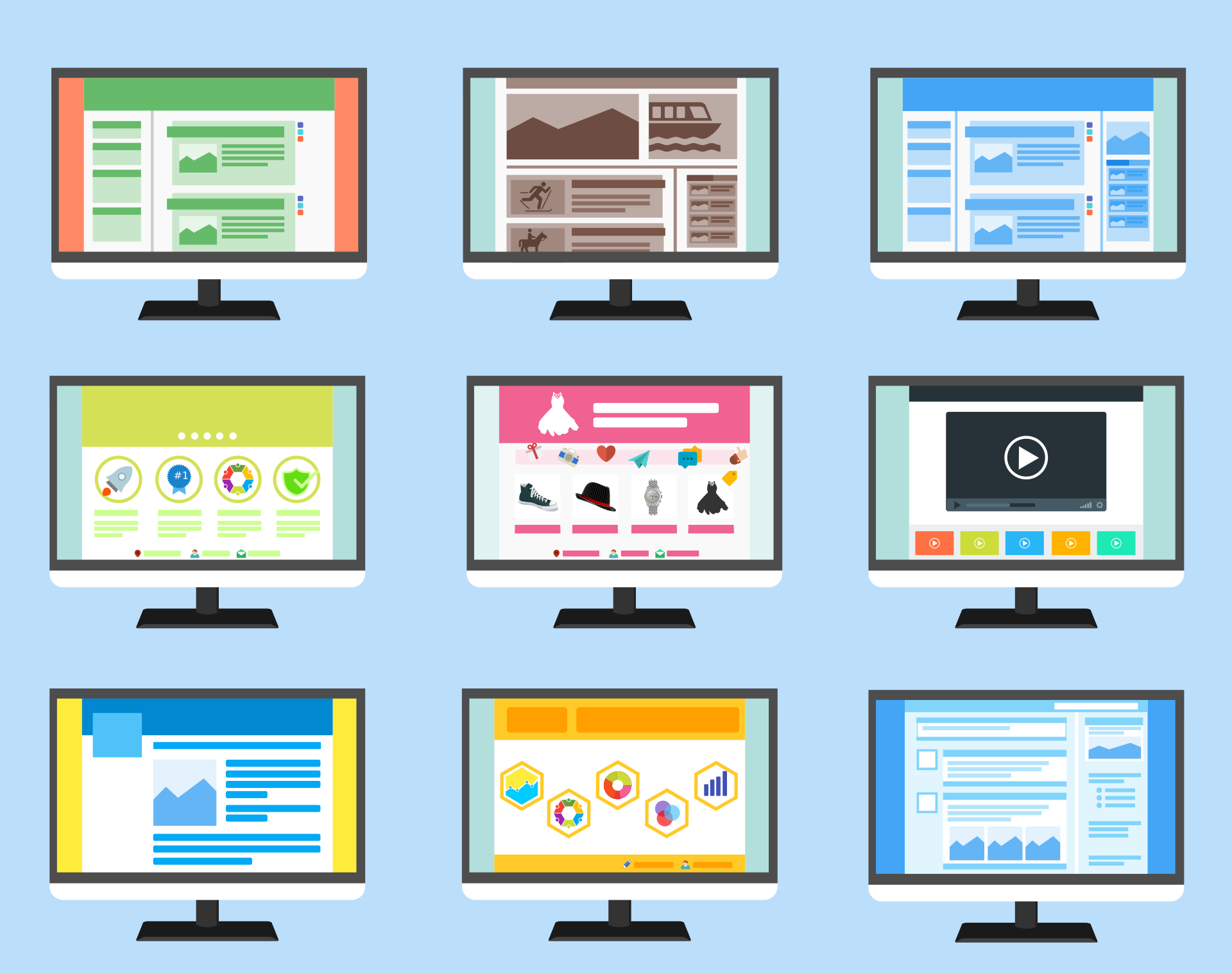Building your brand is a huge part of growing your business. After all, your brand is how you stand out from the crowd.
You can spend a fortune on marketing, but if your brand isn’t strong, it’s like pushing a boulder uphill in a snow storm. A crucial part of brand building is the quality of your web design.
Making sure you have a strong web presence has never been more important than it is today. If you’ve been wondering how to integrate web design and branding, you’ve come to the right place for answers.
In this article, we take a look at tips for how to design a brand identity with your website. Keep reading for some useful insight for taking your web design to the next level.
1. Focus on Unique Design
Never forget that the purpose of branding is to make your business stand out. The quality of your web design provides a huge opportunity for this. Increasingly, your online presence will be the first time consumers encounter your brand, so it has to really pop.
The key to being unique is to convey your message without being confusing or off-putting. This is easier said than done.
Take a look at the competition. What do you immediately notice about their web design? What are the key features that work and don’t work? Would customers be able to differentiate between the two?
2. The Use of Color
When it comes to effective branding, your use of color is huge.
Keep in mind that color choices aren’t simply about aesthetics. Color stimulates emotions and communicates subconsciously. Thus you must decide what the message you want to register with your customer, and choose colors accordingly.
After all, red and yellow convey a far different message to the subconscious than blue and green. In other words, not all colors are created equal.
Pick colors for your brand that best represent your identity and the type of emotions you want customers to associate with your products and services.
3. Tone of Voice
It’s important to remember that the detail of your web design need to reinforce the character and personality of your brand. This includes the language you use.
As with color, the tone of voice you choose will have a significant impact on the message customers receive. Because the simple truth of communication is that it’s not only what you say, but how you say it that will be remembered.
Never make the assumption that your audience will automatically understand what you are trying to say. That’s not their job. It’s your job to communicate effectively by using a tone that’s right for both your product and your brand.
4. Communicating Character
Whether you realize it or not, your brand has a personality. Perhaps most people associate your brand with fun, or safety, family and friends, or something more serious.
Regardless of what your product or services might be, your brand’s image subconsciously projects human qualities. In fact, your logo might actually be a person or animal. If so, you must be very deliberate about the type of perception your logo generates.
An animal can be cute or bold. These two character traits communicate two very different emotions and will connect with customers on very different levels. Therefore you must be very deliberate in the use of your logo in your web design.
5. Design with Emotion
Branding is all about feeling. That’s why you need to maximize the use of emotion in your web design. Ask yourself, what type of feelings do you want people to associate with your brand?
Never underestimate the power of emotion. People will typically make purchasing choices based on the heart much more often than they will with the head. They use products that make them happy, make them feel more attractive, or that give them confidence. Even if this decision-making is strictly on the subconscious level, it’s no less true.
Not every emotion will work across the board for every brand. So tread cautiously with every aesthetic choice to maximize the emotional punch your audience feels when they visit your website.
6. Positioning Your Logo
Believe it or not, most branding experts agree that the positioning your logo in the upper left area of the page is most effective. That’s because a reader’s eye is naturally drawn to this area. And the simple truth is that you can’t compete with human nature.
In addition, it’s good branding to always link your logo image to the home page of your website. And make sure that the logo is large enough to be among the top three things that visitors to your site will immediately notice on the page.
If you’re needing to upgrade your web design, this blog can help.
7. Provide a Clear Value Proposition
The key to web design is making each page of your site as interesting as possible. This is called creating a concise value proposition to each person that clicks on your site.
The value proposition should include a short statement located near your logo, and explain the benefit of your site in as few words as possible.
8. Keep Your Design Consistent
Finally, good branding needs to be memorable. Spend time thinking about what makes people remember characteristics of design.
To build a successful brand, there should be consistency throughout your web design. Your design choices need to evoke the right balance of emotion using colors, visuals and typography that effectively evoke a consistent reaction with visitors to your website.
Important Tips for Successful Brand Building
It’s hard to overemphasize the value of good brand building. After all, your business can only grow and flourish if customers recognize and trust your brand as representing quality and value.
That’s why it’s so important to properly integrate your brand into your web design. The tips contained in this article can help make your website look as good as possible so that visitors receive the message you’re wanting to communicate.
Be sure to visit our website for more information on effective web design.




